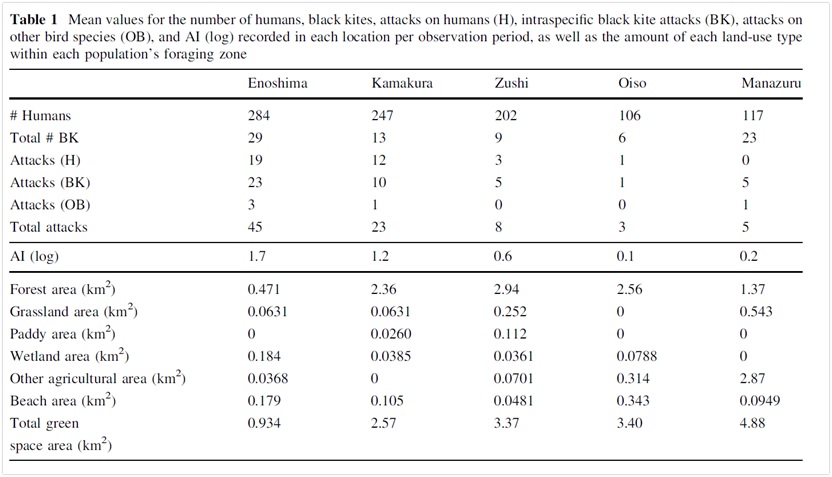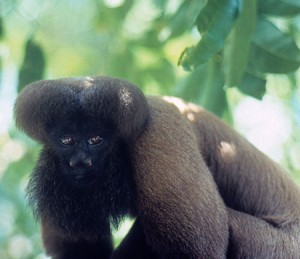Health Geography
The topic for today’s lecture is Geography and Health. Because spatial location is a very big factor for health-related concerns, such as children living near a highway having higher chance of developing asthma, geography (and more specifically, GIS) is a very useful discipline for examining and treating health issues. John Snow’s 1854 map of a cholera outbreak in London is a classic example of the intersection of spatial geography and health – the map showed that cholera was caused by contaminated water ended up changing public policy. Another way geography is useful to health is figure out the ideal way to provide medical services – e.g. figuring out the ideal hospital to accept people from a far away town.
Another classic example is a map showing changes in rates of obesity, usually between different states in different time periods in the United States.
Another related concept is Medical Geography – the application of geographical perspectives to investigate health-related topics. Medical geography emerged in the 1980s, but In recent times, it has been overshadowed by Health Geography. Health Geography takes a slightly different approach by taking emphasis away from the dominant biomedical view. Nowadays, Medical geography is seen as too narrow, and health geography is preferred.
Health geography can take a qualitative, quantitative, or mixed research approach.
Example of health geography research areas (may be useful for project ideas):
- services, infrastructures, land-use planning
- Disease mapping, modelling, surveillance
- health service use
- inequalities in health outcomes
- Environmental health risk factor assessment
On Wednesday we listened to a presentation on transformative research in GIS.
Transformative research – research that shifts or breaks existing scientific paradigms



